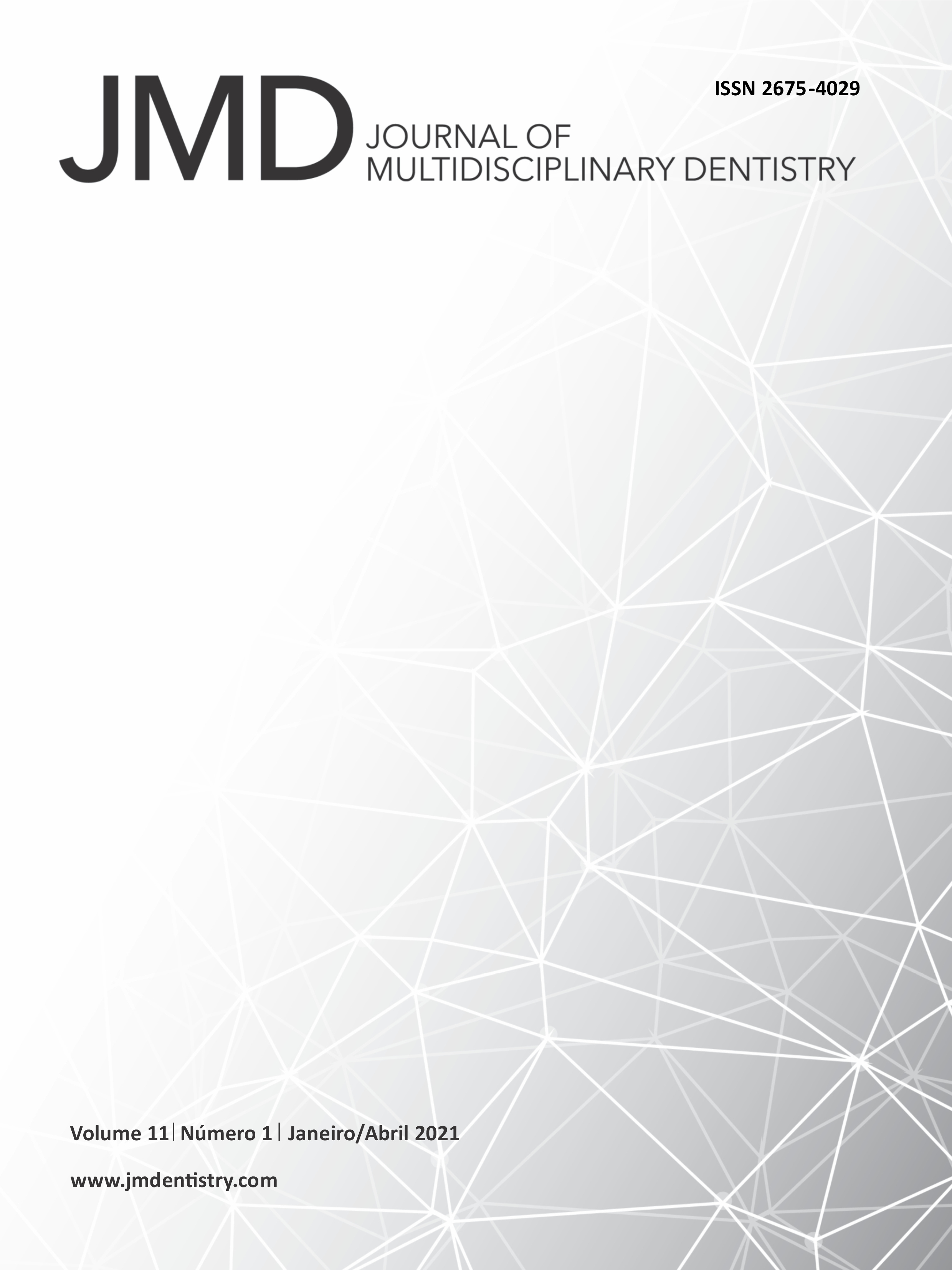Literature review: rapid maxillary expansion in Class II and III sagittal patterns
DOI:
https://doi.org/10.46875/jmd.v11i1.638Keywords:
Palatal expansion technique, Malocclusion, Angle Class II, Malocclusion, Angle Class IIIAbstract
Expanding the maxilla aiming at the disjunction of the medial palatine suture produces important skeletal effects, such as transverse maxillary enlargement. However, others transitory effects are also observed such as the anterior and inferior displacement of the maxilla, extrusion of the posterior teeth, clockwise rotation of the mandible and increase of the lower facial height. Sagittal effects can influence the position of the jaw and stimulate its long-term effect. Correcting transverse maxillary deficiency when associated with sagittal discrepancies should be seen as a priority condition within orthodontic planning, aiming at benefits in addition to transverse correction such as increased perimeter of the upper arch, displacements of the maxilla and mandible and increased nasal floor. ERM brought benefits that override the side effects of the correction, allowing it to be used in Class II and Class III malocclusions that need to correct the atresia found, even in the absence of posterior crossbite.


